Costume is the distinctive style of dress or cosmetic of an individual or group that reflects class, gender, profession, ethnicity, nationality, activity or epoch. In short costume is a cultural visual of the people.

Sir Norman Bishop Hartnell was a leading British fashion designer, best known for his work for the ladies of the royal family. Hartnell gained the Royal Warrant as Dressmaker to Queen Elizabeth in 1940, and Royal Warrant as Dressmaker to Queen Elizabeth II in 1957. Princess Beatrice also wore a dress designed for Queen Elizabeth II by Hartnell for her wedding in 2020.
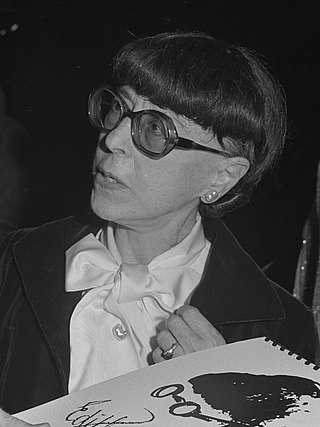
Edith Head was an American costume designer who won a record eight Academy Awards for Best Costume Design between 1949 and 1973, making her the most awarded woman in the Academy's history. Head is considered to be one of the greatest and most influential costume designers in film history.

A bustle is a padded undergarment used to add fullness, or support the drapery, at the back of women's dresses in the mid-to-late 19th century. Bustles are worn under the skirt in the back, just below the waist, to keep the skirt from dragging. Heavy fabric tended to pull the back of a skirt down and flatten it. As a result a woman's petticoated skirt would lose its shape during everyday wear.
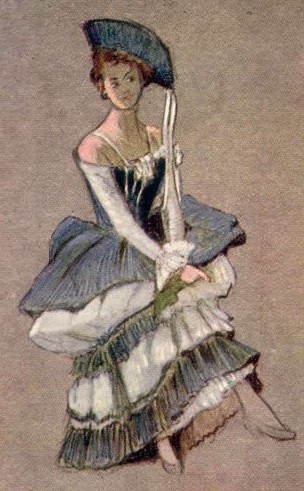
Costume design is the creation of clothing for the overall appearance of a character or performer. Costume may refer to the style of dress particular to a nation, a class, or a period. In many cases, it may contribute to the fullness of the artistic, visual world which is unique to a particular theatrical or cinematic production. The most basic designs are produced to denote status, provide protection or modesty, or provide visual interest to a character. Costumes may be for a theater, cinema, musical performance, cosplay, parties, or other events. Costume design should not be confused with costume coordination which merely involves altering existing clothing, although both create stage clothes.

A cocktail dress is a dress suitable at semi-formal occasions, sometimes called cocktail parties, usually in the late afternoon, and usually with accessories.
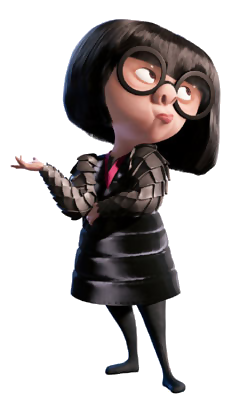
Edna "E" Mode is a fictional character in Pixar's animated superhero film The Incredibles (2004) and its sequel Incredibles 2 (2018). She is an eccentric fashion designer renowned for designing the costumes of several famous superheroes, having worked particularly closely with Mr. Incredible and Elastigirl, with whom she has maintained a strong friendship. When the couple resumes their superheroic careers after fifteen years, Edna is summoned out of retirement to aid both characters, first by equipping Mr. Incredible with a new costume and then by restoring Elastigirl's confidence in herself as a superheroine.
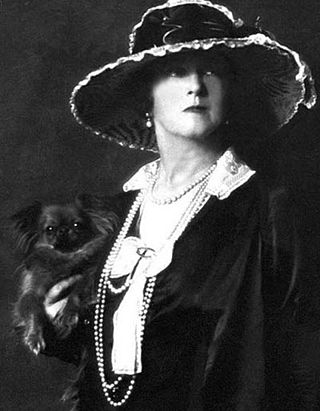
Lucy Christiana, Lady Duff-Gordon was a leading British fashion designer in the late 19th and early 20th centuries who worked under the professional name Lucile.

Robert Gordon Mackie is an American fashion designer and costumier, best known for his dressing of entertainment icons such as Lucille Ball, Carol Burnett, Diahann Carroll, Carol Channing, Cher, Bette Midler, Doris Day, Marlene Dietrich, Barbara Eden, Lola Falana, Farrah Fawcett, Judy Garland, Mitzi Gaynor, Liza Minnelli, Marilyn Monroe, Marie Osmond, Diana Ross, Tina Turner, Julia Louis-Dreyfuss, and Barbra Streisand, among others. He was the costume designer for all the performers on The Carol Burnett Show during its entire eleven-year run. For his work, Mackie has received nine Primetime Emmy Awards, a Tony Award, and three nominations for the Academy Award for Best Costume Design. In April 2023, Mackie was awarded with the inaugural Giving Us Life-time Achievement Award by RuPaul at the RuPaul's Drag Race Season 15 finale.
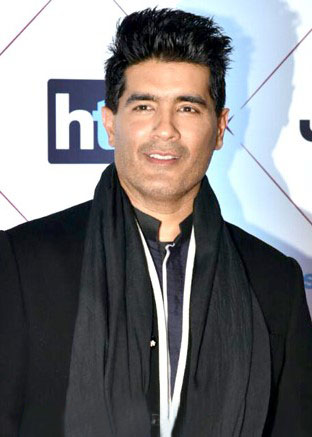
Manish Malhotra is an Indian fashion designer, couturier, costume stylist, entrepreneur, filmmaker, revivalist based in Mumbai, India.

William Travilla, known professionally as Travilla, was an American costume designer for theatre, film, and television. He is perhaps best known for designing costumes for Marilyn Monroe in eight of her films, as well as two of the most iconic dresses in cinematic history.
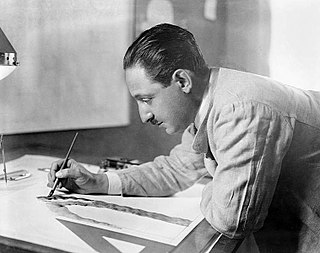
Lee Simonson was an American architect painter, stage setting designer.

The most characteristic North American fashion trend from the 1930s to 1945 was attention at the shoulder, with butterfly sleeves and banjo sleeves, and exaggerated shoulder pads for both men and women by the 1940s. The period also saw the first widespread use of man-made fibers, especially rayon for dresses and viscose for linings and lingerie, and synthetic nylon stockings. The zipper became widely used. These essentially U.S. developments were echoed, in varying degrees, in Britain and Europe. Suntans became fashionable in the early 1930s, along with travel to the resorts along the Mediterranean, in the Bahamas, and on the east coast of Florida where one can acquire a tan, leading to new categories of clothes: white dinner jackets for men and beach pajamas, halter tops, and bare midriffs for women.

A costume designer is a person who designs costumes for a film, stage production or television show. The role of the costume designer is to create the characters' outfits or costumes and balance the scenes with texture and colour, etc. The costume designer works alongside the director, scenic, lighting designer, sound designer, and other creative personnel. The costume designer may also collaborate with a hair stylist, wig master, or makeup artist. In European theatre, the role is different, as the theatre designer usually designs both costume and scenic elements.

Fashion design is the art of applying design, aesthetics, clothing construction and natural beauty to clothing and its accessories. It is influenced by culture and different trends, and has varied over time and place. "A fashion designer creates clothing, including dresses, suits, pants, and skirts, and accessories like shoes and handbags, for consumers. He or she can specialize in clothing, accessory, or jewelry design, or may work in more than one of these areas."
Marit Allen was an English fashion journalist and costume designer who specialized in costumes for films. She designed the costumes for several successful Hollywood films, including Mrs. Doubtfire, The Witches, Eyes Wide Shut, Dirty Rotten Scoundrels, Brokeback Mountain and La Vie en Rose. Her career as a film costume designer lasted over 33 years.

Edward MansonStevenson was an Academy Award-winning American costume designer. His film and television credits number well over two hundred, including Citizen Kane (1941) and It's a Wonderful Life (1946), both frequently cited as being among the greatest films of all time. In his later years, he worked for Lucille Ball as costume designer for I Love Lucy, The Lucy-Desi Comedy Hour, The Lucy Show, and Here’s Lucy. A large collection of his costume sketches are housed in the Department of Special collections at Eli M. Oboler Library in Pocatello, Idaho.

Jany Temime is a French costume designer. She is best known for her work on the final six films in the Harry Potter film series, each of which garnered her Saturn Award nominations. She won the Costume Designers Guild Award in 2012 for the 2011 film Harry Potter and the Deathly Hallows – Part 2 and in 2013 for the 2012 film Skyfall.
Mona May is a costume designer who has worked on over 70 movie and television programs. With her trademark feminine style, using bold colors and feathery boas, May has been designing costumes since 1989.
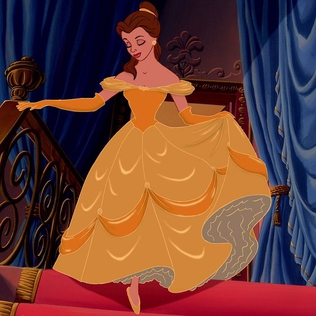
In the ballroom scene from Disney's 1991 animated film Beauty and the Beast, during which the fictional character Belle dances with the Beast to the film's titular song, Belle wears an opulent golden off-the-shoulder ball gown with a voluminous skirt. Producer Don Hahn claims the dress was conceived by several intoxicated male filmmakers during production of the film. Although Beauty and the Beast is set in 18th-century France, the dress's streamlined, anachronistic design borrows inspiration from several different fashion eras, with some of its elements centuries removed from its historical setting.


















